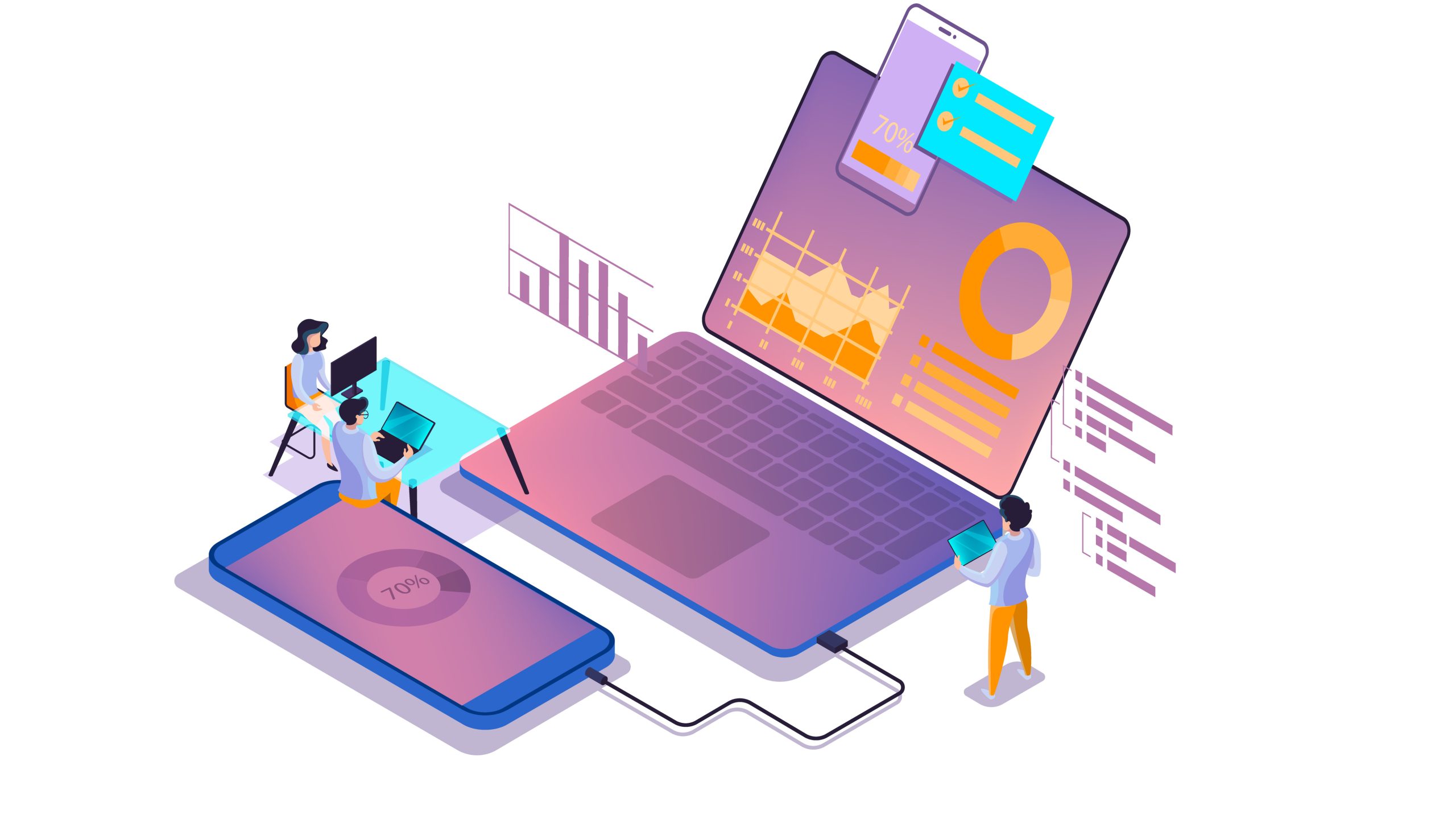
There was an interesting piece about user testing in the Alertbox newsletter from NNG this week.
I like to do a round of user testing on most learning-design projects, simultaneous with the second SME review.
It needs to be after the first review, because the content should be complete and 90% final. The aim is to find out how well the learning experience works for the learners as a whole.
We often don’t have the opportunity available for a leisurely testing round after the second review, as the SMEs need to be released from the project after they finish their input. And it would add a whole extra, costly iteration.
But sitting down with the SMEs’ second review feedback, and the test notes, to agree on the changes that are needed with the lead SMEs, is really worth while.
It means we are informed about any parts of the design that don’t work for the learners, and also can discuss changes we might want to make while we still have access to solid advice on the content.
So it’s really cost-effective and also means the right information is coming into the project at the right time to make real changes if that is needed.
Who do we test with?
We generally work with two learners as test subjects for e-learning modules. It’s important that they’re not subject experts themselves. The aim is to test with people who are slightly below the average audience member in terms of pre-existing knowledge and skills. That way we are more likely to find any issues.
We aren’t testing for usability, specifically, but the same principles apply to a very large extent, so I find NNG’s advice really useful.
For e-learning modules, we test by asking the learners to work through the module in a one-on-one situation, watching what they do and talking with them about how they feel as they go. We don’t give advice or guidance about the module in any way, usually.
Why do we not use five test subjects?
It is often difficult to get hold of five people who match the description above. And it’s overkill. We find that we don’t generally identify any issues with third, or subsequent, test subjects beyond what we find with two. This is supported by the NNG video, which supports the use of two test subjects in situations where you can make immediate changes based on your testing. (If changes are major, we look at another round of testing to check the changes have had the effects we were after.)
Is your learning strategy not working for you ? Drop us a line to find out how we can help you today.
